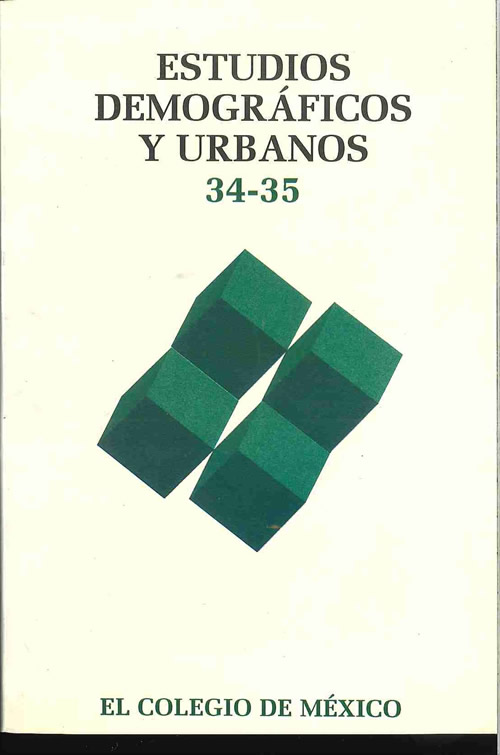Published 1997-01-01
Keywords
- mortalidad materna,
- aborto,
- salud reproductiva
How to Cite
-
Abstract1115
-
PDF (español)4843
Downloads
Copyright (c) 1997 Estudios Demográficos y Urbanos

This work is licensed under a Creative Commons Attribution-NonCommercial-NoDerivatives 4.0 International License.
Metrics
Abstract
Vital statistics are the most comprehensive source of information on maternal mortality in Mexico. Despite the limitations these statistics might present, it is possible to visualize the phenomenon in which it is clear that maternal mortality has decreased throughout the twentieth century and will continue to do so. There are signs of a higher underestimation of mortality by abortion. And there are regional differentials of maternal mortality. The most vulnerable region is the South Pacific, while the Northeast is the most favoured. Professional and/or institutional attention during childbirth has a great impact on maternal mortality decline. There are also socio-economic differentials by marital status, milieu, and schooling according to the expectations. The average age at maternal death is 30 years. Since female life expectancy is 70 years, death implies 40 years of potential life lost.


